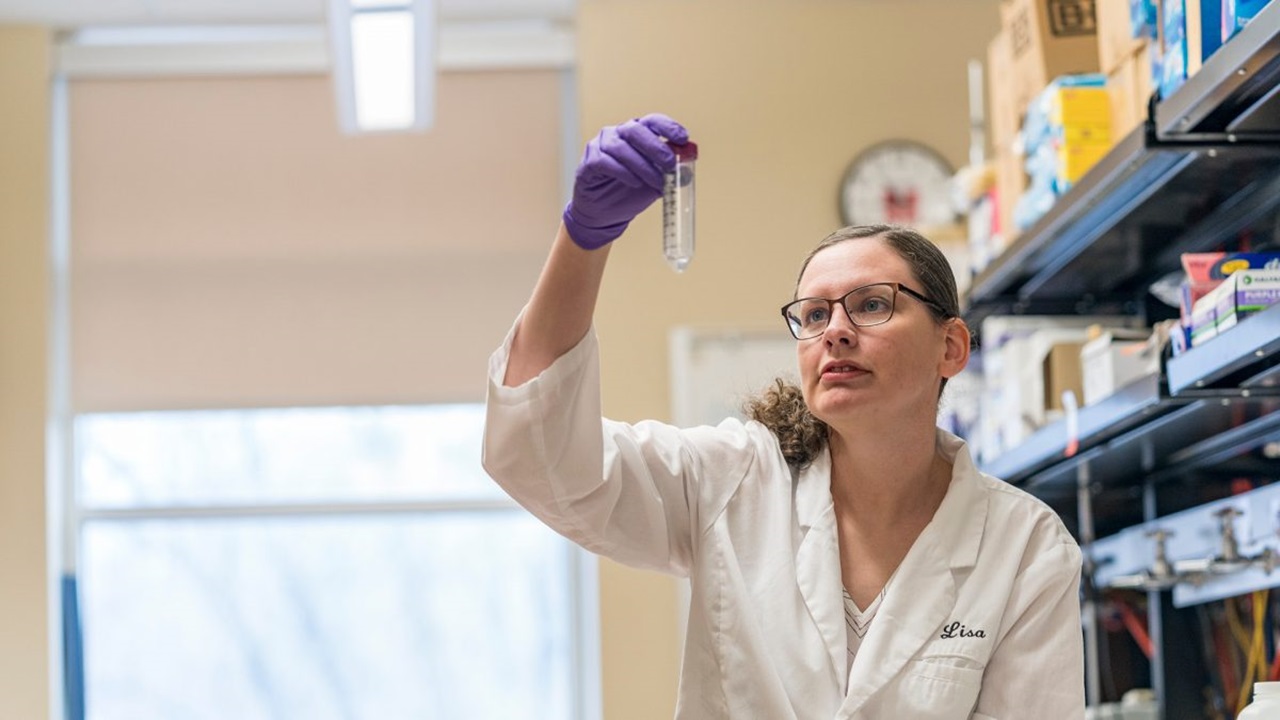Wastewater Research Helps USD Professors Understand COVID-19 and Community Health

McFadden and Huber, who are both faculty members in the University of South Dakota Sanford School of Medicine’s Division of Basic Biomedical Sciences, started collecting samples in July of 2020.
McFadden says that wastewater surveillance is a quick, cost efficient method to understand how COVID-19 can spread throughout a community.
“It can help give indicators of population health while maintaining individuals’ privacy,” she said. “It not only is correlated with trends in clinical cases of COVID-19, but it also thought to capture shedding of the virus from those who are asymptomatic.”
Wastewater, also referred to as sewage, includes water from household or building toilets, showers and sinks that can contain human fecal waste, as well as water from non-household sources, such as rainwater or industrial use.

Wastewater can be tested for RNA from SARS-CoV-2, the virus that causes COVID-19. As SARS-CoV-2 can be shed in the feces of individuals with symptomatic or asymptomatic infection, wastewater surveillance can capture data on both types of infection.
Currently, McFadden and Huber are testing the wastewater to determine whether COVID-19 is present and at what levels in collaboration with Wastewater Facility Partners. Eventually, Huber plans to use the research to help get estimates of when different COVID variants enter into a community.
“One future application would be to sequence the genetic material collected to determine what virus variants are present in the samples,” explained Huber. “This would allow us to determine which variants dominated early in the pandemic versus the ones that were present later. It will also allow us to see how variants differ as we move from a naïve population to a population that has acquired immunity through infection and/or vaccination.
“It will be important to determine whether a variant that escapes immunity has entered into the population, allowing us to identify what is coming next now that we have a vaccine,” he continued.
Using wastewater to learn more about community health aligns the independent interests of these USD researchers. Huber, a virologist, has tested field samples for viruses as part of surveillance efforts in the past. McFadden leads a team of researchers who use wastewater to measure meth use in a community, allowing for the community to get ahead of a meth crisis through prevention, education and treatment.

